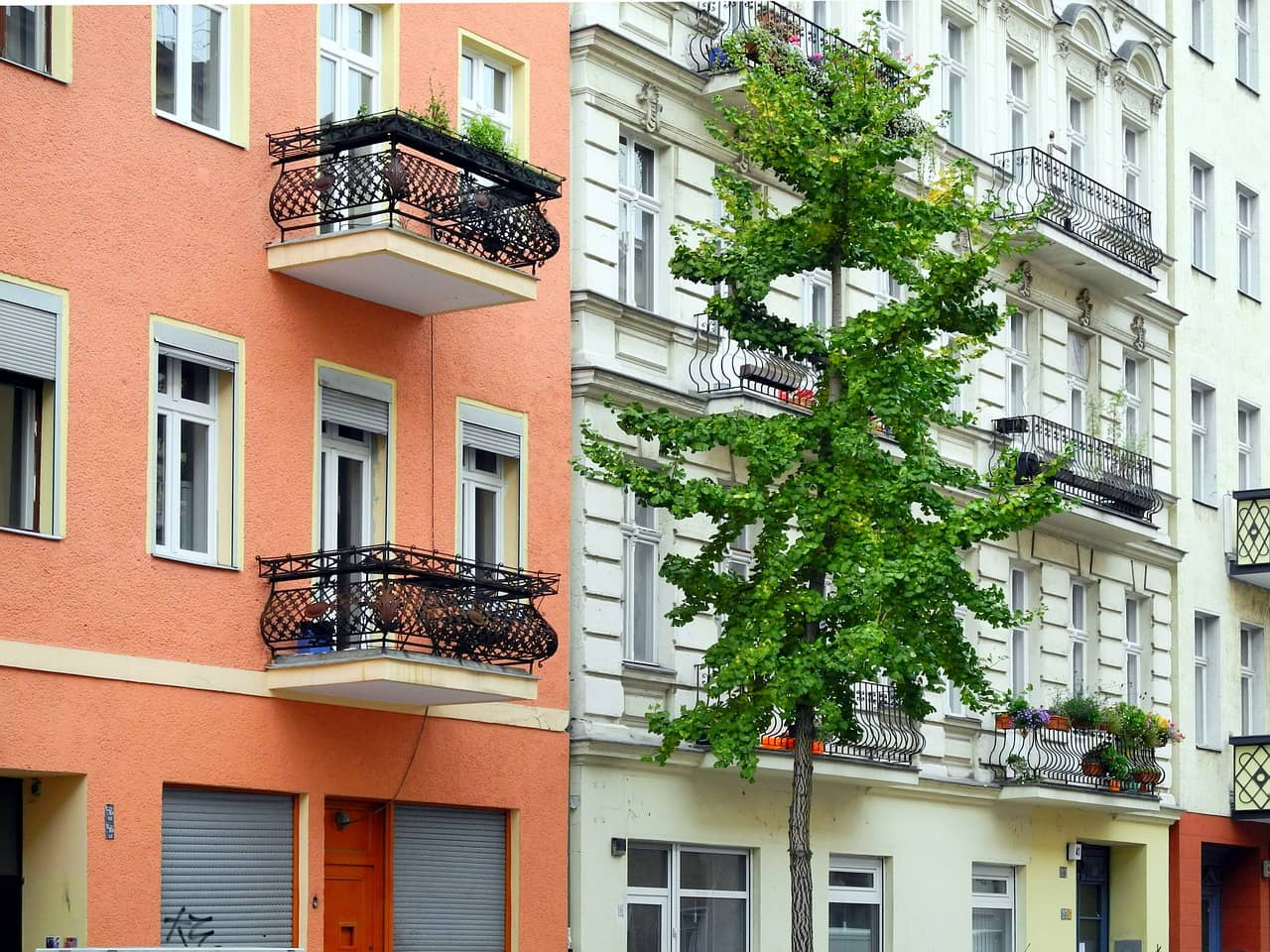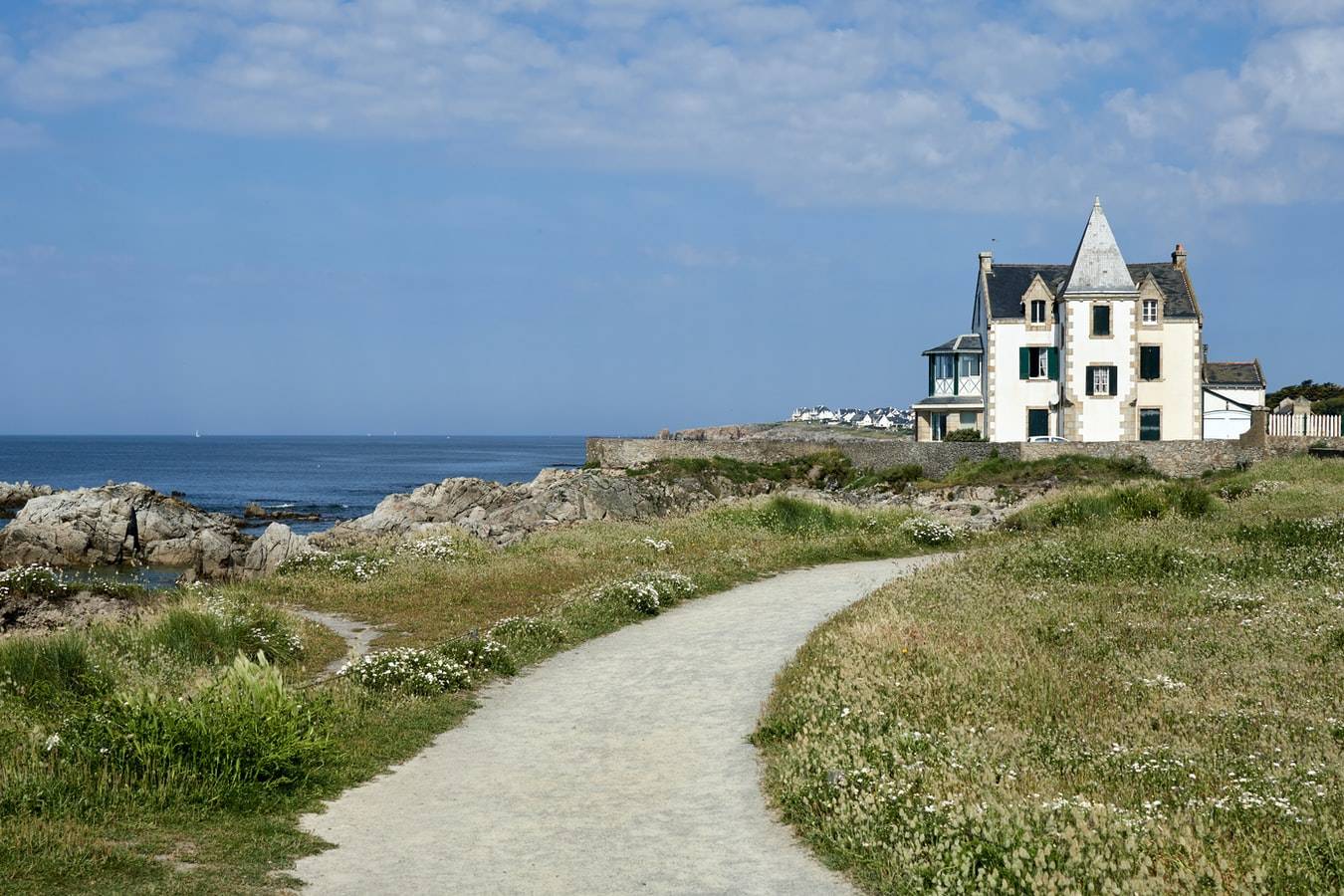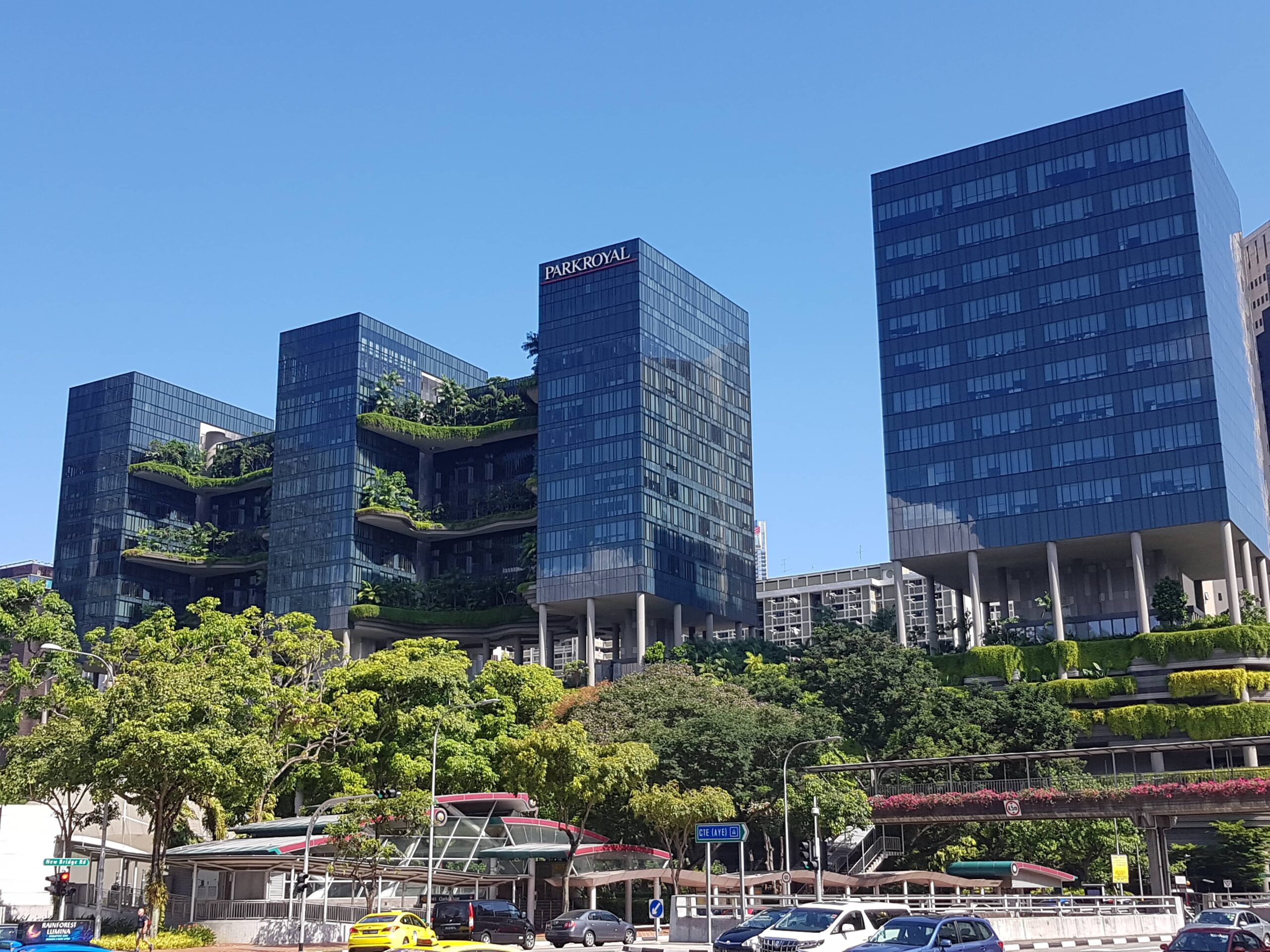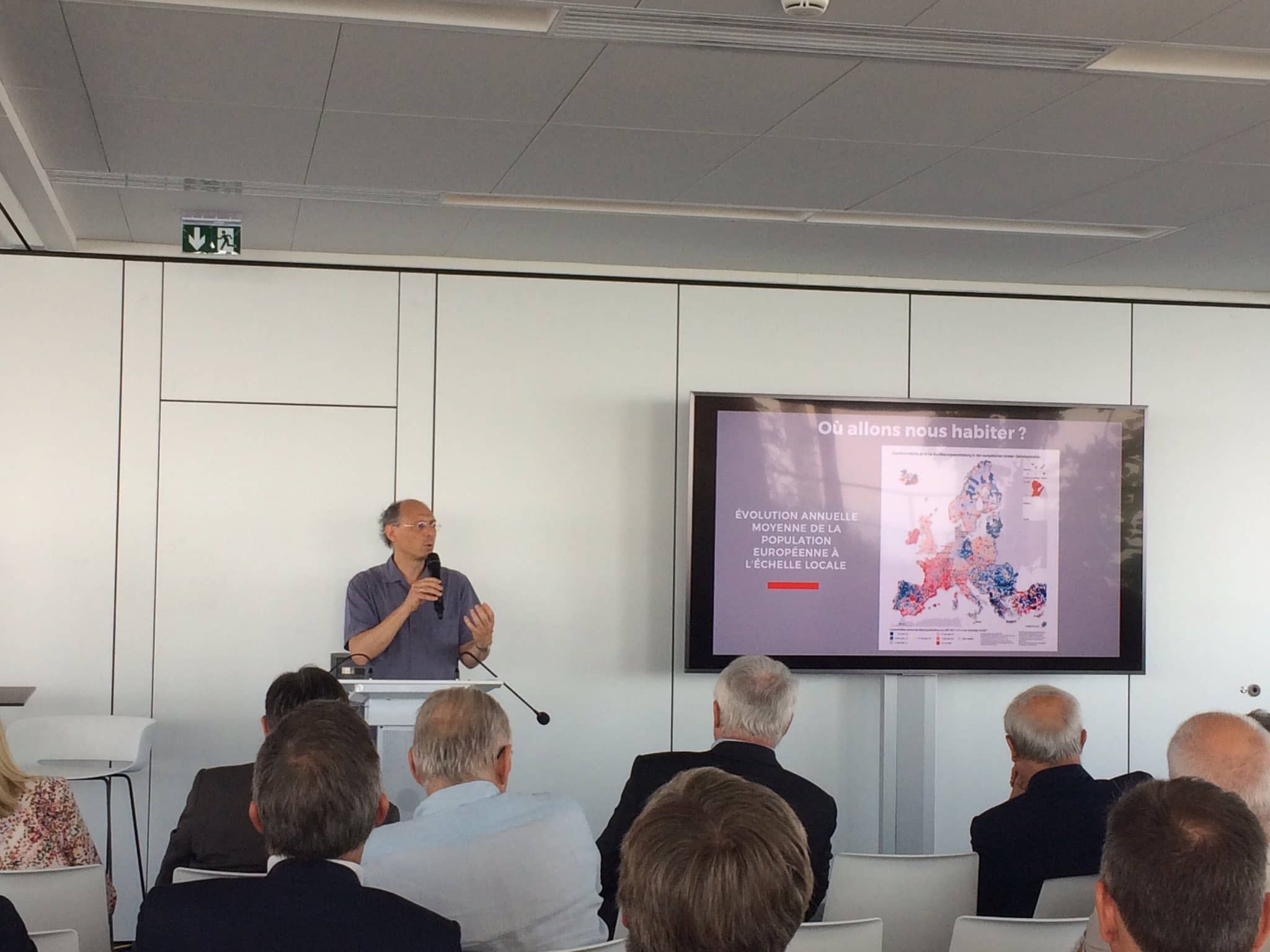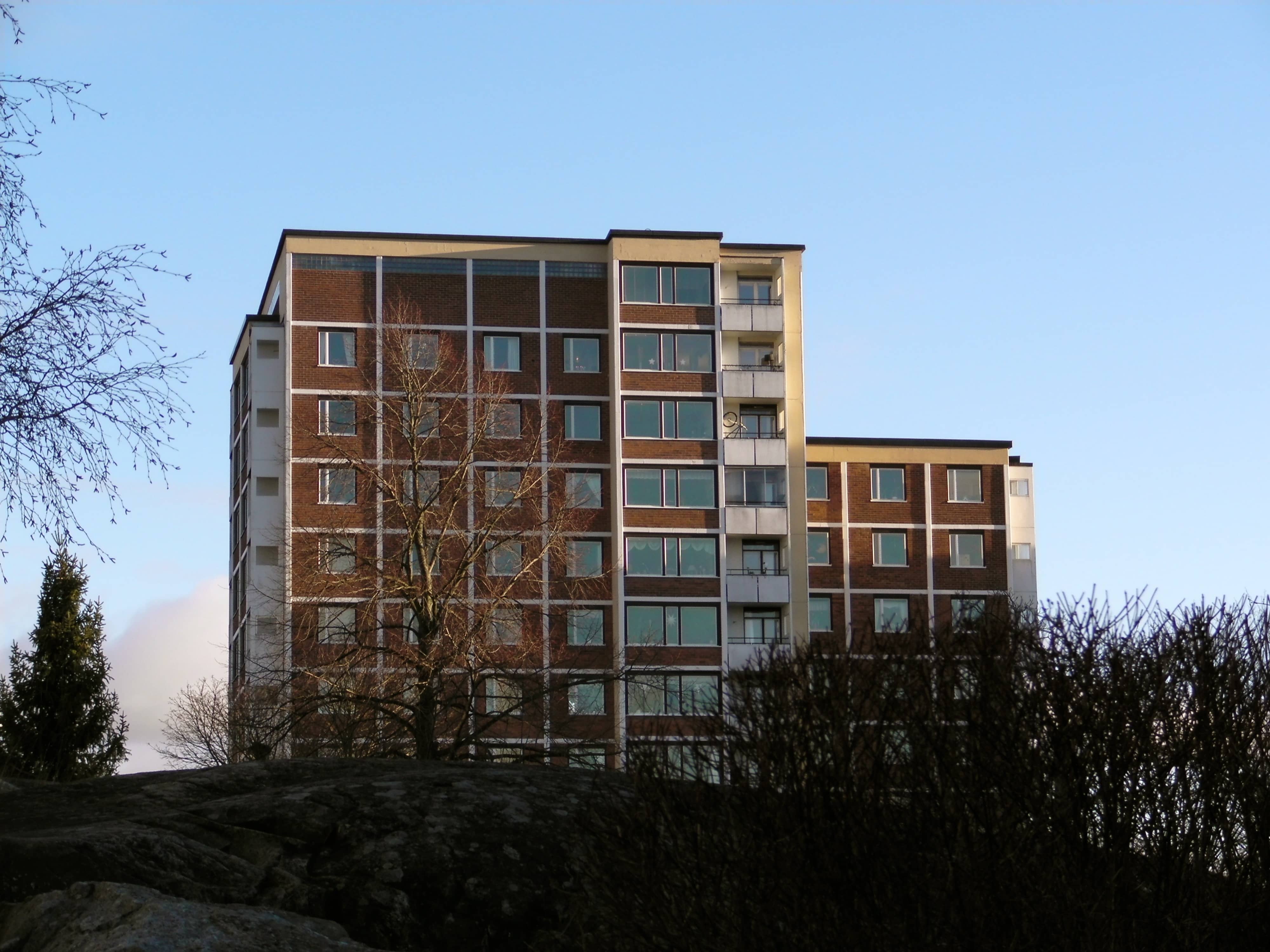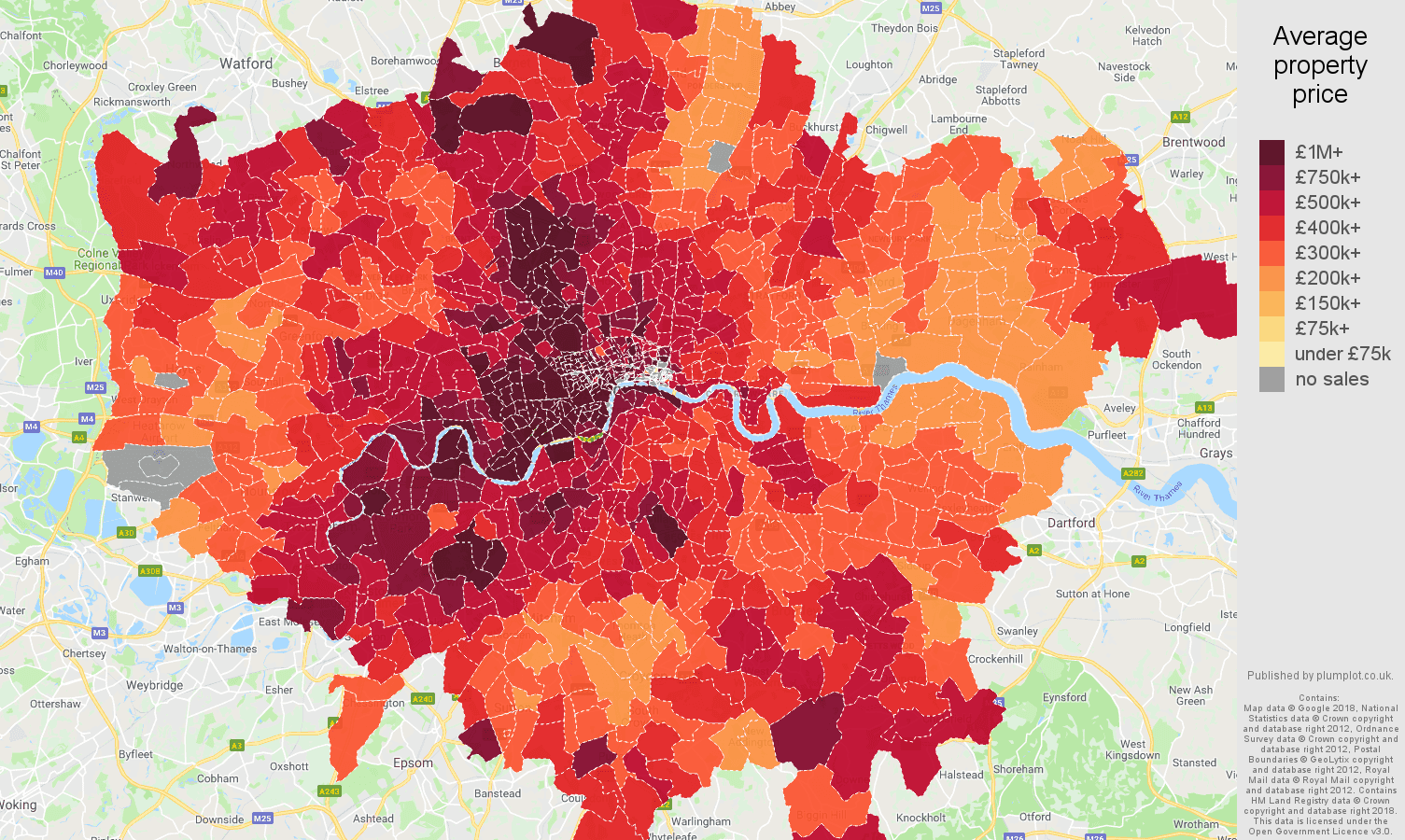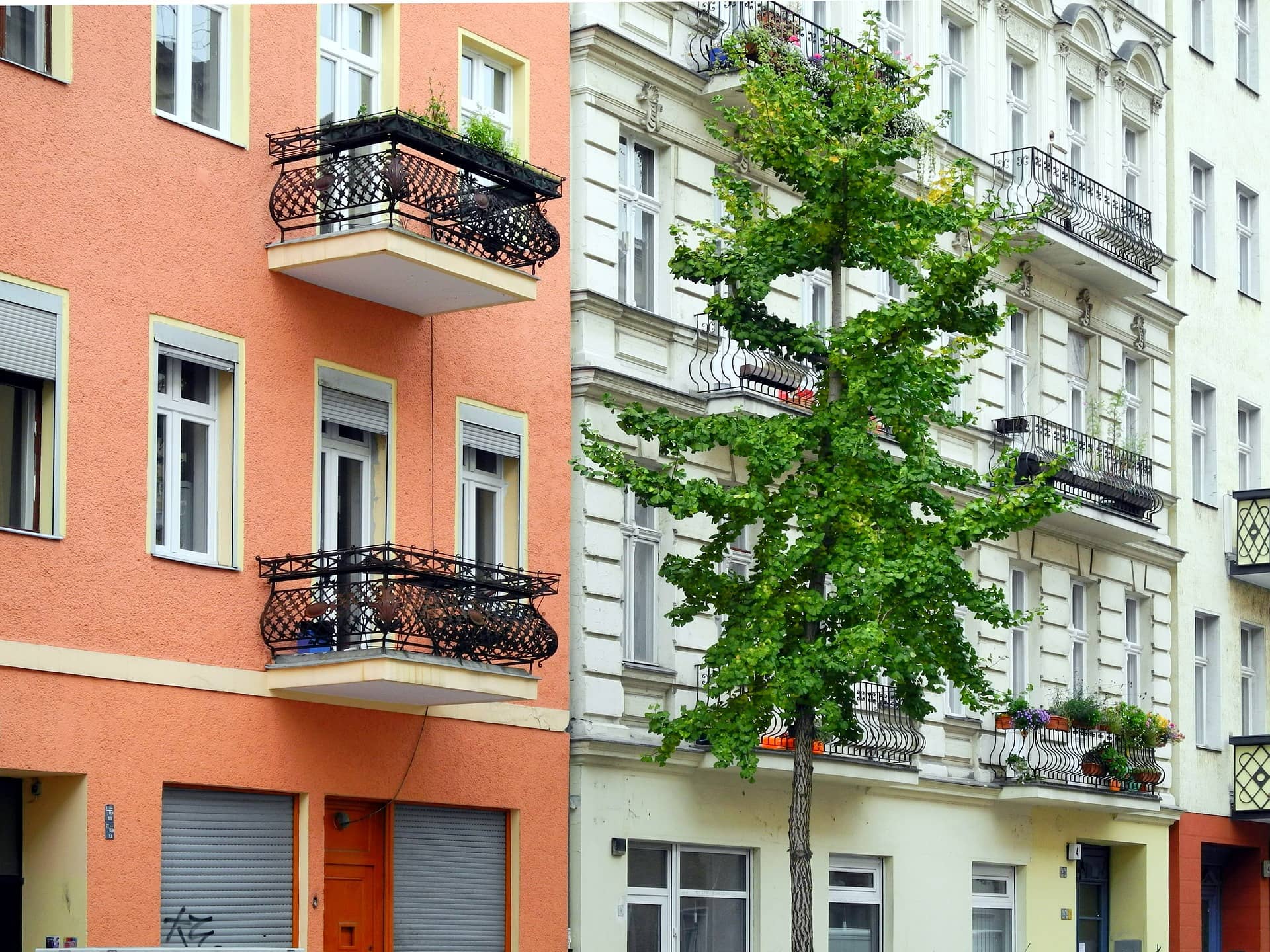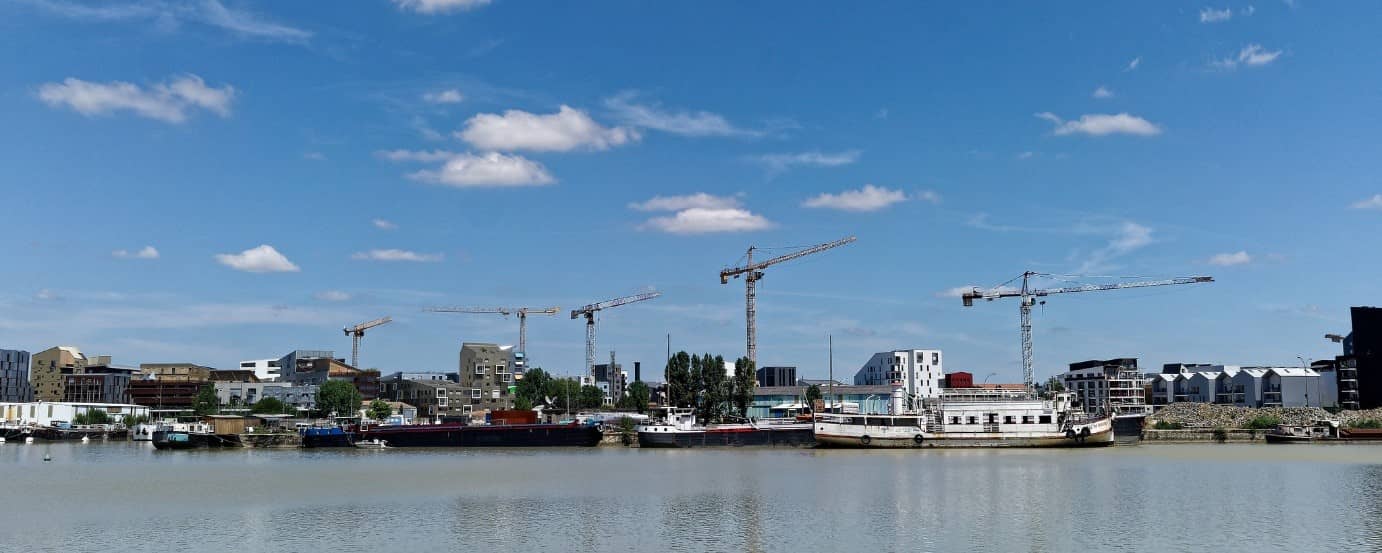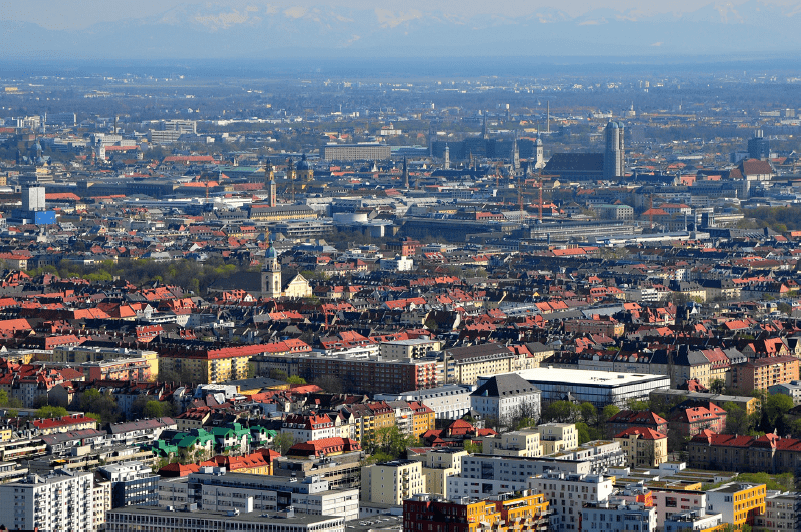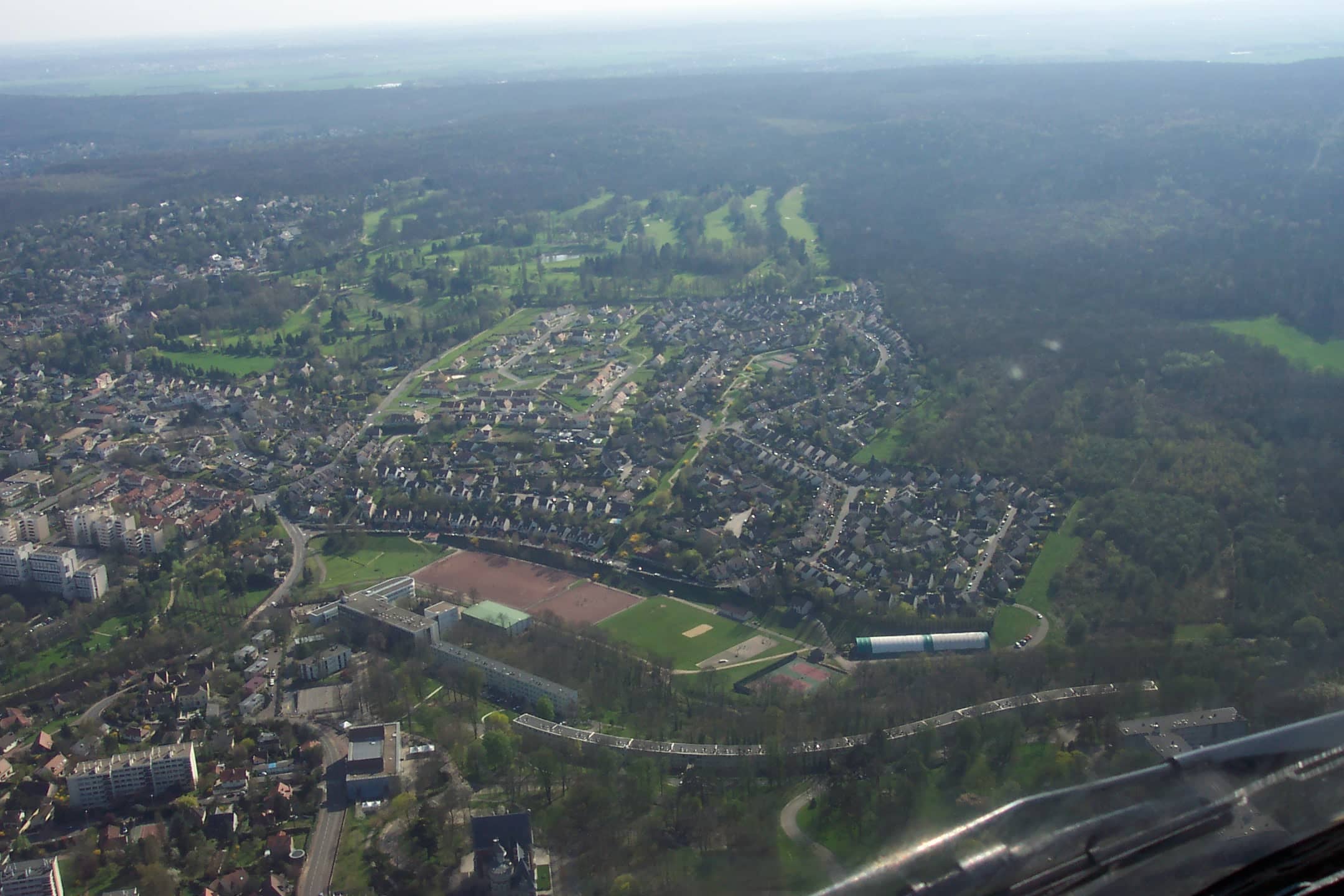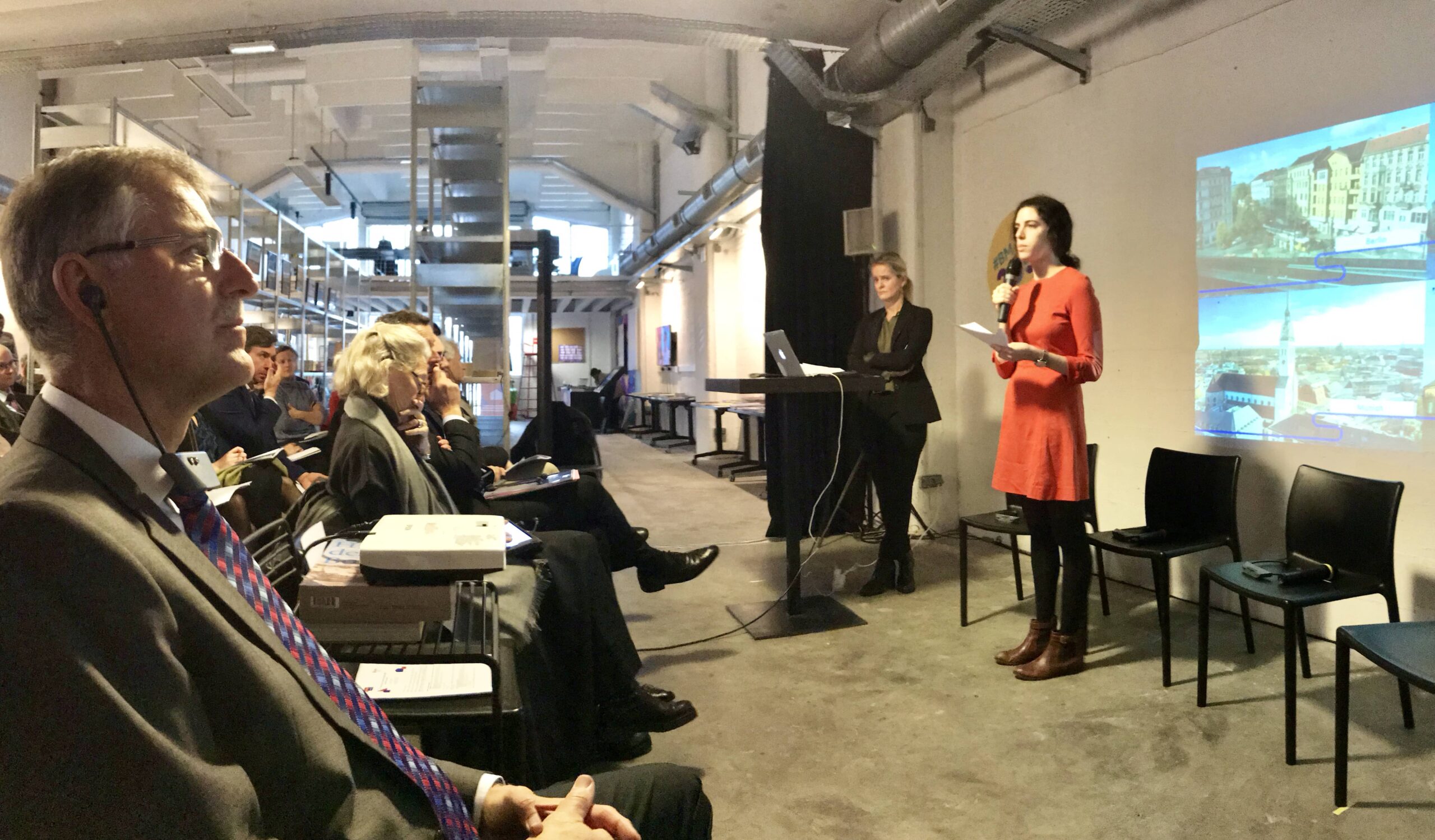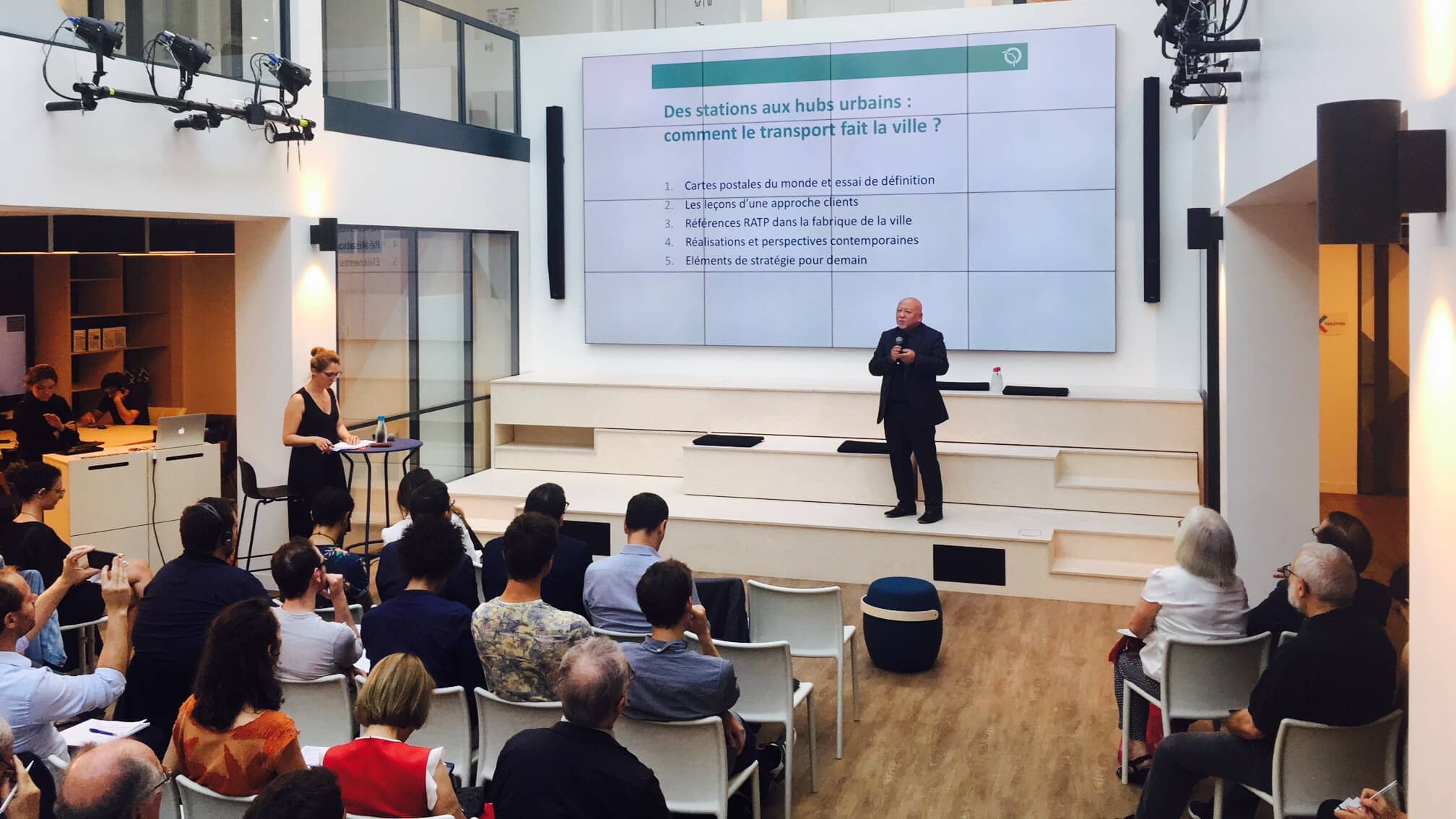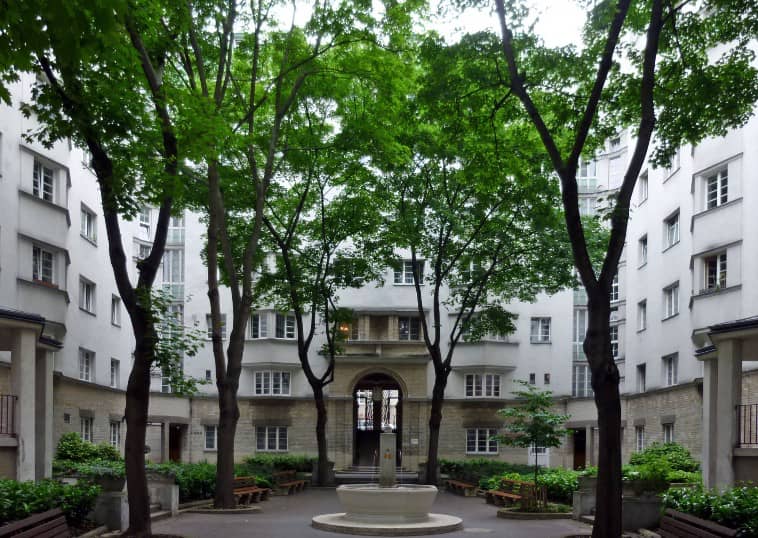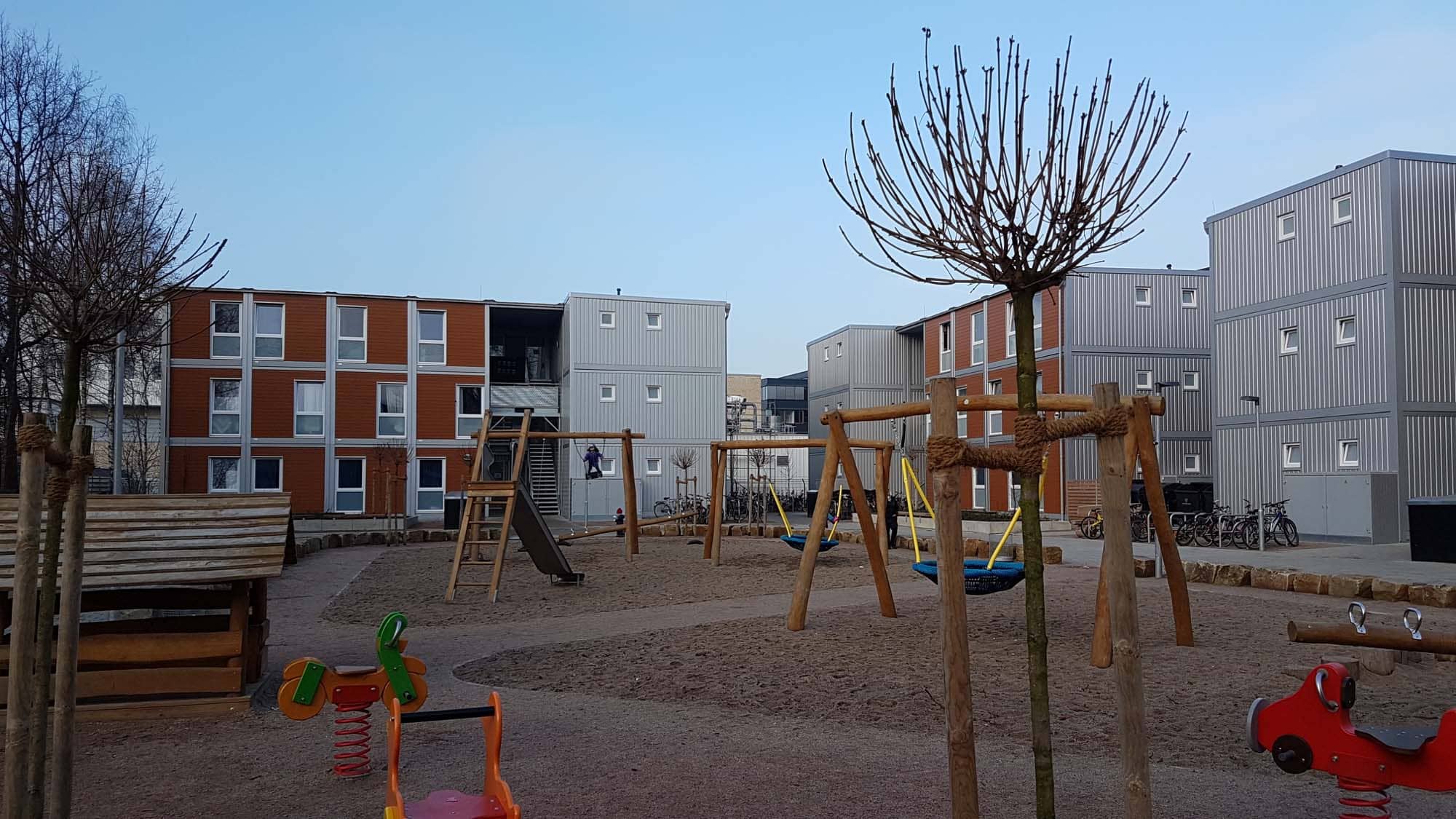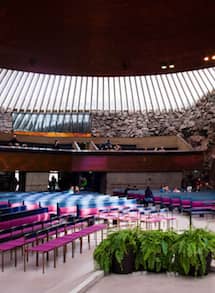

Interview with Michèle Laruë-Charlus, Chief of Bordeaux’s Mission 2050
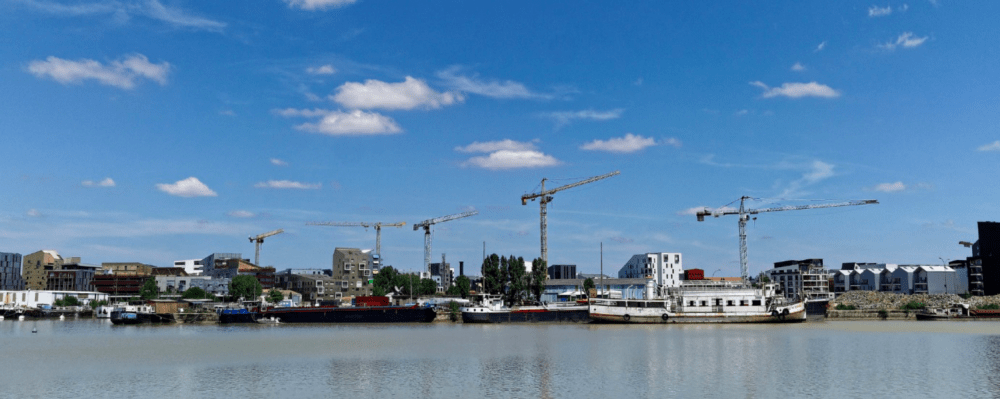
LFDLC: How do you analyze the causes of the housing crisis Bordeaux is currently grappling with?
MLC: Bordeaux is facing a crisis as rising home prices have placed homeownership out of the reach of many families, while placing additional stress on the rental market. At the same time, the costs associated with homebuying have increased tremendously. How did Bordeaux arrive to this situation? The first explanation, of course, is its appeal. For familiar reasons of space, comfort and price, residents of the metropolitan area have, since the end of the 1990s, preferred to settle in the inner ring suburbs or even outside the Bordeaux Urban Community (CUB — Communauté urbaine de Bordeaux). We succeeded in reversing this trend by adopting a comprehensive urban development project. We did not stop at creating the tramway; we also worked on public space, and these efforts enabled the city to restore its appeal. Existing home prices went up and, paradoxically, even surpassed the price of newly-built homes. The changes in the city became apparent in just a few years: the tramway started running in 2003, sparking the city’s metamorphosis, which truly took off in the years after 2010. Another factor in the city’s appeal is the fact that Paris is now just two hours from Bordeaux thanks to the LGV opened last year. Bordeaux is frequently cited in conversations about the spike in property prices, but Bordeaux is not an isolated case. All metropolitan areas are facing the same difficulties, when you compare their property prices to the prices in the suburbs or midsize inland cities.
Bordeaux’s housing crisis is not due to a land shortage: we have plenty of available land! However, almost all homes built or being built in recent years (notably through the area’s program to build 50,000 homes) have been managed by planning operations; whereas until around 2010, 80% of homes built or renovated in Bordeaux were carried out individually. But planning operations must be planned and voted on; as a result, the operations carried out since 2005 have advanced too slowly. We ran into several major delays: the ZAC Bastide-Niel development project is just now breaking ground — ten years behind schedule — while the Bordeaux-Euratlantique OIN operation was stalled by concerns about flood susceptibility on the right bank, as was the launch of the Brazza neighborhood. The primary culprits behind these delays include endless regulatory changes — coming primarily from the French government — the sluggish pace of their application, delays in making decisions, numerous appeals, etc.
“Bordeaux’s housing crisis is not due to a land shortage: we have plenty of available land!”
Because I was aware that we would be facing a considerable housing deficit starting around 2015, I fought for years in favor of a strategy that would avoid establishing an order of priority in our operations, as the market and the world’s problems would certainly cause us to lose enough time… I believed we needed to launch as many projects as possible, while maintaining exceptionally high quality standards and also adapting our procedure and governance to the objectives of projects, sites and land conditions. The Bassins à flot operation, for example, showed that it was possible to obtain results without planning in the strict sense of the word: we had no public land and no public money (as 14 million euros invested by the CUB for a 150-hectare operation is a rather modest sum compared to the cost of many development operations). We didn’t form a ZAC urban development zone; we simply created an overall development plan (PAE — Programme d’aménagement d’ensemble) prior to negotiating with owners and developers, who we worked with to select the architects and establish the schedule. We also set up a special governance body, the Atelier des Bassins, rooted in a few basic principles: no intermediaries or interference between the developers, owners and the Atelier, a common schedule, information supplied continuously to residents, and a flexible master plan capable of transforming constraints into opportunities.
With this operation, we tried to show that it was possible to approach development differently, through a partnership logic that unites developers and corporate actors. The result: France’s fastest urban development operation, as well as a vibrant neighborhood with universities, cultural sites, contemporary retail, and top-quality housing, all within a preserved landscape. The two neighborhoods most emblematic of today and tomorrow are perhaps Bassins à Flot and, eventually I hope, the Brazza neighborhood. Construction of both neighborhoods involved a unique governance system involving a “régie” public company, likely because that’s where the innovation impetus came from. But this impetus can come from anywhere, in the public or private sector, among semi-public SEMcompanies or “régie” public companies; the most important consideration is to find the most efficient tool for the project. Systematic approaches and ingrained habits can spell doom for development projects.
“With Bassins à Flot, we tried to show that it was possible to approach development differently, through a partnership logic that unites developers and corporates”
What affordable housing efforts is the metropolitan area testing? How has it tried to develop a housing offer tailored to low-income families?
MLC: We started from the observation that no one can buy an 80-m2 or 100-m2 house at €4,500 per square meter, and certainly not young families. We focused on the demand side, by considering the case of a young couple seeking to return to Bordeaux after leaving the city due to rising costs. We assumed this couple would have two children and a budget of €200,000 from the sale of their home situated 40 kilometers from Bordeaux. To accommodate this family, who we assumed would need an 80-m2 home, we needed to develop a home with a market price between €2,100 and €2,400 per square meter. To achieve this price range, we opted to use the public lots at our disposal and sell them at the land development costs set by the municipal authority, by using the residual method of valuation. That is what we did on the Brazza project, where we already owned the land. However, even under these conditions, it just isn’t possible to market a finished home at a cost of €2,500 per square meter. We cannot force developers to continue doing bigger, better work with higher quality materials, all at a lower cost; at this price, developers can only offer partially completed homes. With ADIM, the planner on the operation, and the developer EDEN Immobilier, we spent 18 months working with notaries to find a solution before arriving at the following formula: a move-in ready surface that is up to code and equipped with several basic amenities (toilet and sink, supply pipes), but with the finishing work and layout left completely to the buyer. We called these “capable volumes” and we are developing the same approach for artisanal surfaces.


Presentation of the “Capable Volumes” scheme
Some developers claim that it is only possible to build these capable volumes through an equalization that would raise the price of their available homes on the market. But that is not out aim: our capable volumes are not meant to function as social housing in disguise, to be subsidized by taxpayers. On the contrary, whenever a municipality or developer opts to build capable volumes, they must first make certain that their selected urban development method will ensure the operation’s economic viability. That is what makes it so essential to work together with urban developers and architects from the project’s outset, according to a precise set of specifications. Oftentimes, it’s a parameter that was not clearly defined at the start of a project that leads to mediocre results, setting off a blame game between architects, municipalities and developers… More rigorous planning would help avoid that outcome.
I remain thoroughly convinced that capable volumes are a solution with a bright future, notably because they offer an answer to the question of social diversity. Depending on their means, a family may work with an architect or complete the work on their own. After all finishing work is complete, the value per square meter rises from €1,000 to €1,500. On streets developed with capable volumes, it is impossible to say who lives in each house: these streets are home to the well-to-do, more modest families, young couples with a knack for DIY projects, etc. Capable volumes also ensure the presence of owner-occupied homes and minimize renting and the effects of tax avoidance. Moreover, we know that new neighborhoods consisting of owner-occupied homes function better than neighborhoods with high turnover and renters.
“Capable volumes are a solution with a bright future, notably because they offer an answer to the question of social diversity”
Are there other avenues for reducing property prices?
MLC: In terms of affordable housing, one interesting option is the intermediary renting (“logement intermédiaire”) described by André Yché. But this model can only be adopted in cities with high rental prices, such as Paris or Bordeaux.
Another solution involves municipalities acting on land prices in a restrictive way. That is what Bordeaux Métropole is trying to do now. If the price of land was arbitrarily indexed to its market value increased by a certain coefficient, and not its buildable land value (the proportion can vary from 1 to 4 or 5), it would lead automatically to a sharp decline in home prices. The metropolitan area wants all developers to sign this commitment, with any breach of contract triggering a preemption.
We can also imagine separating land from its usufruct. In this case, purchasing an apartment would last for life instead of for eternity. When the owner of a property dies, their children would not then inherit a home that generally requires extensive renovations. This model obviously requires a shift in culture, but it represents an interesting avenue to consider.
Still another solution consists in trying to reduce construction costs, notably through industrialization. But that route would require access to large tenements of land where hundreds of homes could be built. Today, most municipalities prefer smaller, denser operations. Timber or CLT construction may also bring about a lasting decline in prices.
Does digital have a role to play in developing affordable housing and potentially reducing property prices?
MLC: The disintermediation enabled by digital may serve to reduce home prices. One example is Habx, a startup that uses algorithms generated from its customer data (their job, where their kids go to school, personal debt capacity, etc.) to offer locations that match their preferences. Customers can then custom-build their own home. Though it requires access to many undeveloped lots, this mechanism makes it possible to offer homes under market value, by eliminating many of the intermediaries and costs. Not to mention the recent growth of participatory and cooperative housing models, co-living, etc. This movement is just beginning, so the job of developers is expected to transform significantly in coming years, including in its financial aspects. The Bordeaux 2050 Mission should address these topics, among others.
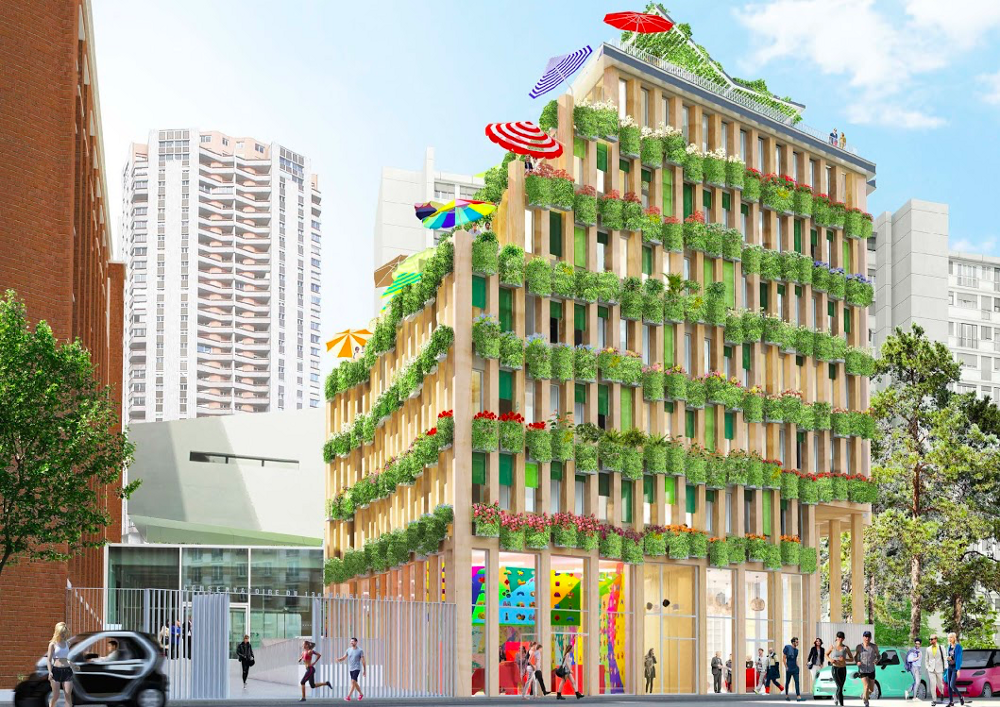
Home prices and individuals’ housing preferences are heavily influenced by mobility options. In what ways do housing policy and mobility policy overlap?
MLC: Any housing policy is a mobility policy in the primary sense of the term: if you plan to commute by public transit instead of driving for two hours, you can afford to live farther out and spend more money on improving your home.
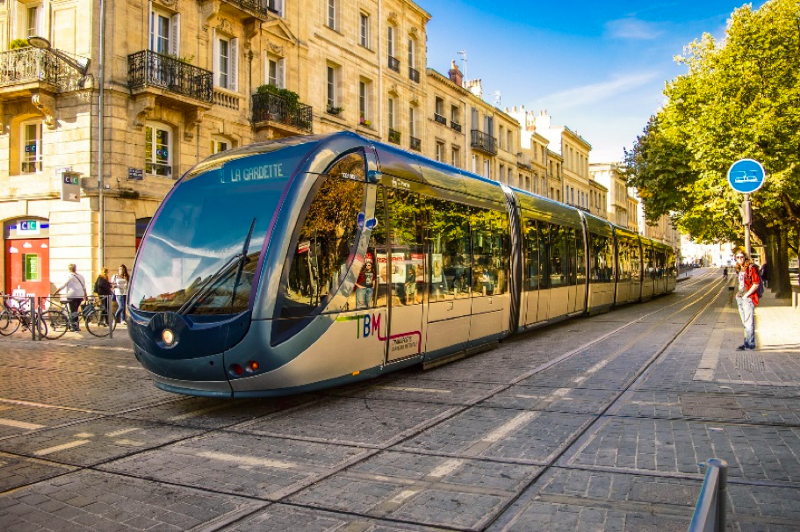
But a housing policy is also a mobility policy in the sense that no one lives in the same home forever; for that reason, we need to organize residential mobility, which means producing a wide variety of homes. Our current offer consists mostly in two-room (T2) and three-room (T3) homes, which effectively bars larger families with more modest incomes from living in Bordeaux. To change this situation, we need to build larger homes on the ground level, since large homes are currently found primarily on higher floors and are cut in half when sold. In that regard, we do have one interesting solution for limiting residential mobility needs: apartments with two front doors. In this case, a family can acquire a two-room (T2) apartment and a studio apartment. As the family grows, they can stay in the same home simply by opening the door. They can also use the studio to house a child starting college or an elderly family member. In this way, the home provides a full residential journey within a single location. In addition to promoting customized housing and reducing home prices, we are also working to help families create a new room at the lowest cost, so they can continue to live in the same home for a longer period.
These other publications may also be of interest to you:
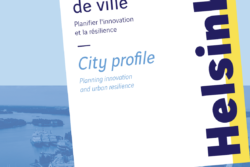
Helsinki : Planning innovation and urban resilience

Forget 5th Avenue

Long live urban density!
The ideal culprit
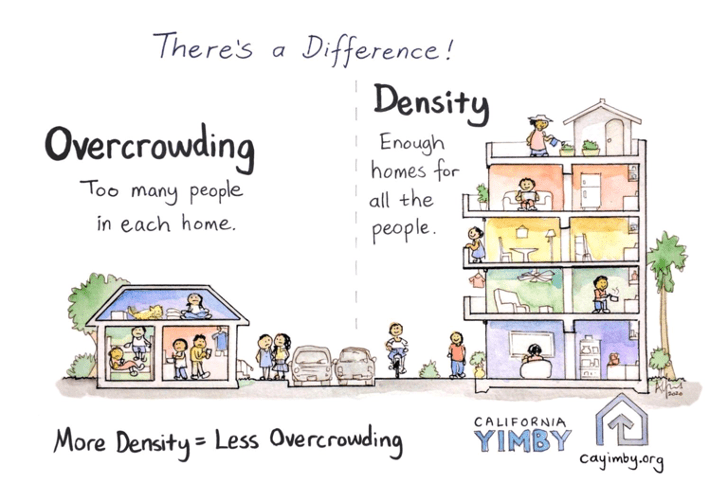
Behind the words: density
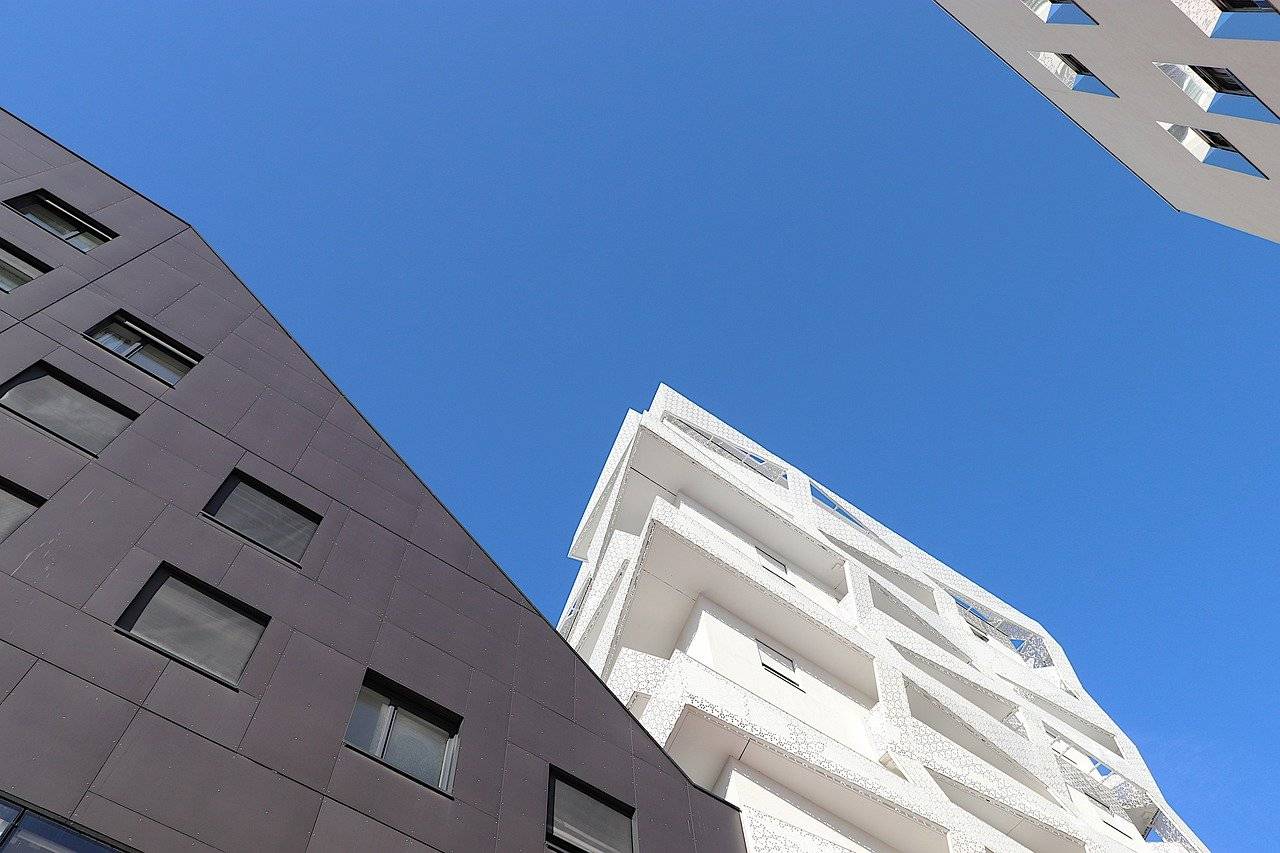
Behind the words: Affordable housing

German metropolises and the affordable housing crisis

Berlin Focus
La Fabrique de la Cité
La Fabrique de la Cité is a think tank dedicated to urban foresight, created by the VINCI group, its sponsor, in 2010. La Fabrique de la Cité acts as a forum where urban stakeholders, whether French or international, collaborate to bring forth new ways of building and rebuilding cities.















